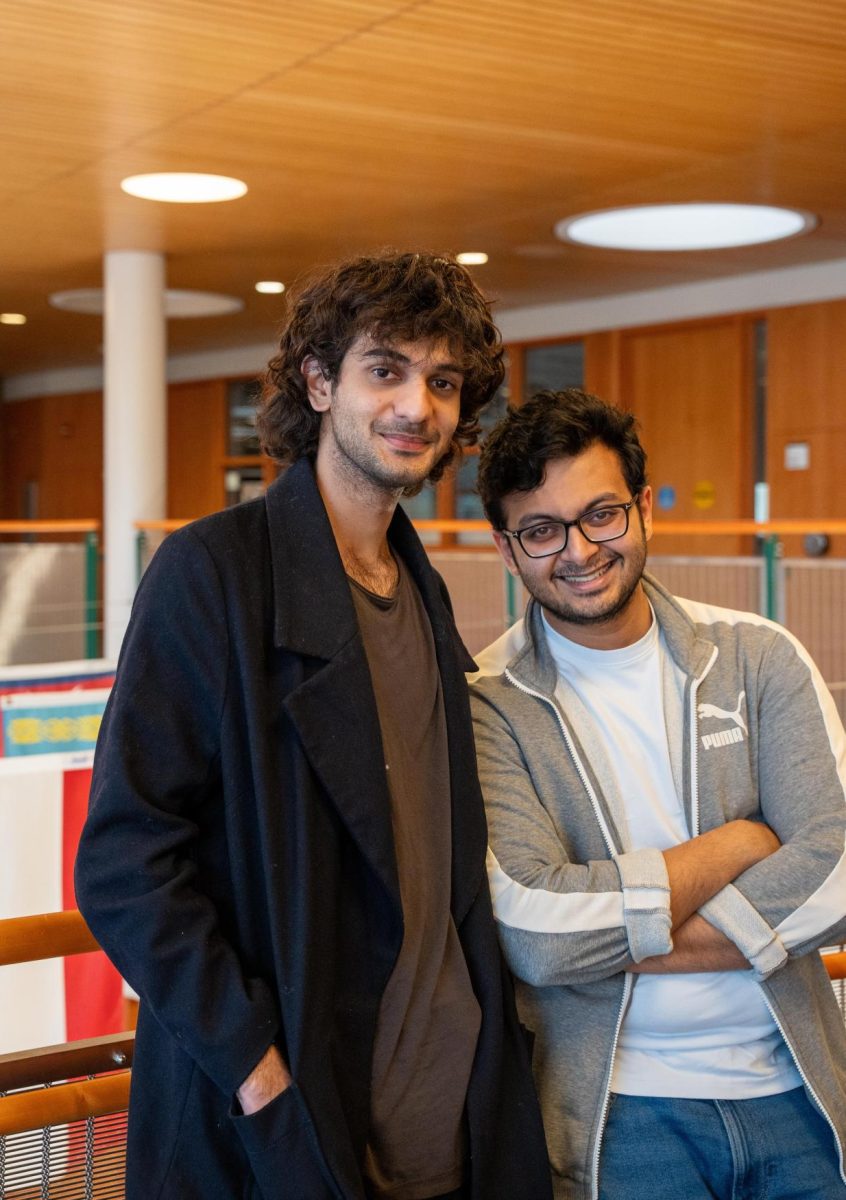Once upon a time, in a land far from here, I was an undergraduate student.
In that land, we had something called the ACC [Atlantic Coast Conference] Men’s Basketball Tournament, and the most memorable moment in that tournament for me and many of my close friends arose when a TV announcer said about one of North Carolina’s guards, “Donald Williams is literally on fire!”
Oh, how we laughed. Literally on fire! Why do his teammates seem so happy? Shouldn’t somebody help the poor guy? Et cetera.
Before the linguistic descriptivists frown upon our humor, let’s take up the sporting side of the announcer’s comment and ask this: was Donald Williams indeed, metaphorically, on fire? Hot? In the zone? Feeling it? Frying the basket bacon?
Whatever the metaphor, almost every athlete and fan would believe that Williams’s performance reflected some underlying state of special short-term ability. He was the Tar Heel with the hot hand and therefore more likely than usual to make the next shot he took.
But there’s a problem. People have looked for evidence of the hot hand, and it doesn’t seem to exist.
Hot hand skepticism got a big publicity boost last year at the MIT Sloan Sports Analytics Conference, an event given the affectionate nickname “Dorkapalooza” by ESPN’s Bill Simmons. At the 2009 Dorkapalooza, University of Chicago economics professor John Huizinga, who is also Yao Ming’s agent, presented an analysis of hot handedness in the NBA. As ESPN statmonger John Hollinger put it, Huizinga “studied high-volume shooters over the past five seasons and took note of players who had made a jump shot on the previous trip. On the subsequent trip, they shot about 16 percent more often and converted 3.5 percent less of those shots. The finding was statistically significant and pointed to a tendency by players to act as if they were hot after one made J … and a counterproductive tendency to feed the allegedly hot hand by both the player and his teammates.”
What most of the popular coverage of Dorkapalooza missed, however, was that Huizinga’s (and co-author Sandy Weil’s) new research was following up on a seminal 1985 study of the hot hand, “The Hot Hand in Basketball: On the Misperception of Random Sequences,” by Thomas Gilovich, Robert Vallone, and Amos Tversky. That study used three sets of data—game records of the Philadelphia 76ers, free throw shooting by the Boston Celtics, and a controlled shooting experiment using Cornell University players—and found “no evidence for a positive correlation between the outcomes of successive shots.” No hot hands, no cold hands. Just hands.
Before it describes its data analysis, the Gilovich paper reports on the authors’ study of basketball fans’ attitudes: the sampled fans all played basketball at least “occasionally” and watched at least five games per year. 91% of those fans believed that a player who has made two or three shots in a row has a better chance of making a shot than one who has missed two or three in a row. 96% thought that a player who has made a series of shots is more likely than usual to make the next one. 84% believed that it was important to pass the ball to such a player. When asked to make statistical predictions based on their beliefs, the fans guessed, for instance, that a 50% shooter would have a 61% chance of hitting the shot following a make.
The remainder of the article sets out to demonstrate the falsity of those fans’ beliefs. In fact, the authors argue, the data show shot patterns producing random sequences, with makes and misses producing no discernible effect on the next shot, just as the results of a fair coin toss do not affect the outcome of subsequent tosses. (The article, from “Cognitive Psychology,” is available online; just search for Gilovich and “hot hand.”)
Gilovich further publicized his results in his 1991 book “How We Know What Isn’t So: The Fallibility of Human Reason in Everyday Life.” Gilovich’s excellent, unassuming book places his study of the hot hand in the context of the psychology of error. Why, he asks, does human cognition lead us to make certain kinds of mistakes again and again? As Gilovich pointed out, his book was in part a popularization of the insights of Daniel Kahneman and Amos Tversky, whose work won Kahneman the 2002 Nobel Prize in Economics. (Tversky, Gilovich’s coauthor of the hot hand article, had died and was therefore ineligible to share the prize.)
Gilovich argued that the concept of the hot hand is part of a larger human tendency to misinterpret randomness. We like to find meaningful patterns, and we tend to underestimate the streakiness of random sequences. Therefore, we resist the notion that what feels meaningful to us—the sense that a basketball player is uncommonly likely to make the next shot, for instance—instead comes from the random scattering of makes and misses.
Huizinga’s Dorkapalooza presentation, in other words, supported and built on earlier work. Gilovich’s work challenged the hot hand, and Huizinga showed how players’ belief in their own hotness (handily speaking) concretely harms their effectiveness.
The hot hand studies make me wonder how basketball teams could take practical advantage of the idea of the hot hand. The Gilovich-Huizinga results imply an anti-streak strategy. If a Donald Williams hits a few three-pointers in a row, his team could best capitalize on the situation by using him as a decoy, luring the defense away from an optimal, balanced strategy. But are basketball coaches and players ready to doubt their lyin’ hands?
I doubt it. On the contrary, I suspect that the hot hand studies will mainly continue to demonstrate the durability of conventional wisdom in sports. No matter the potential strategic gains, convincing players, commentators and fans that the hot hand is a misguided perception of randomness will be one of the labors of Hercules. Literally.



















































